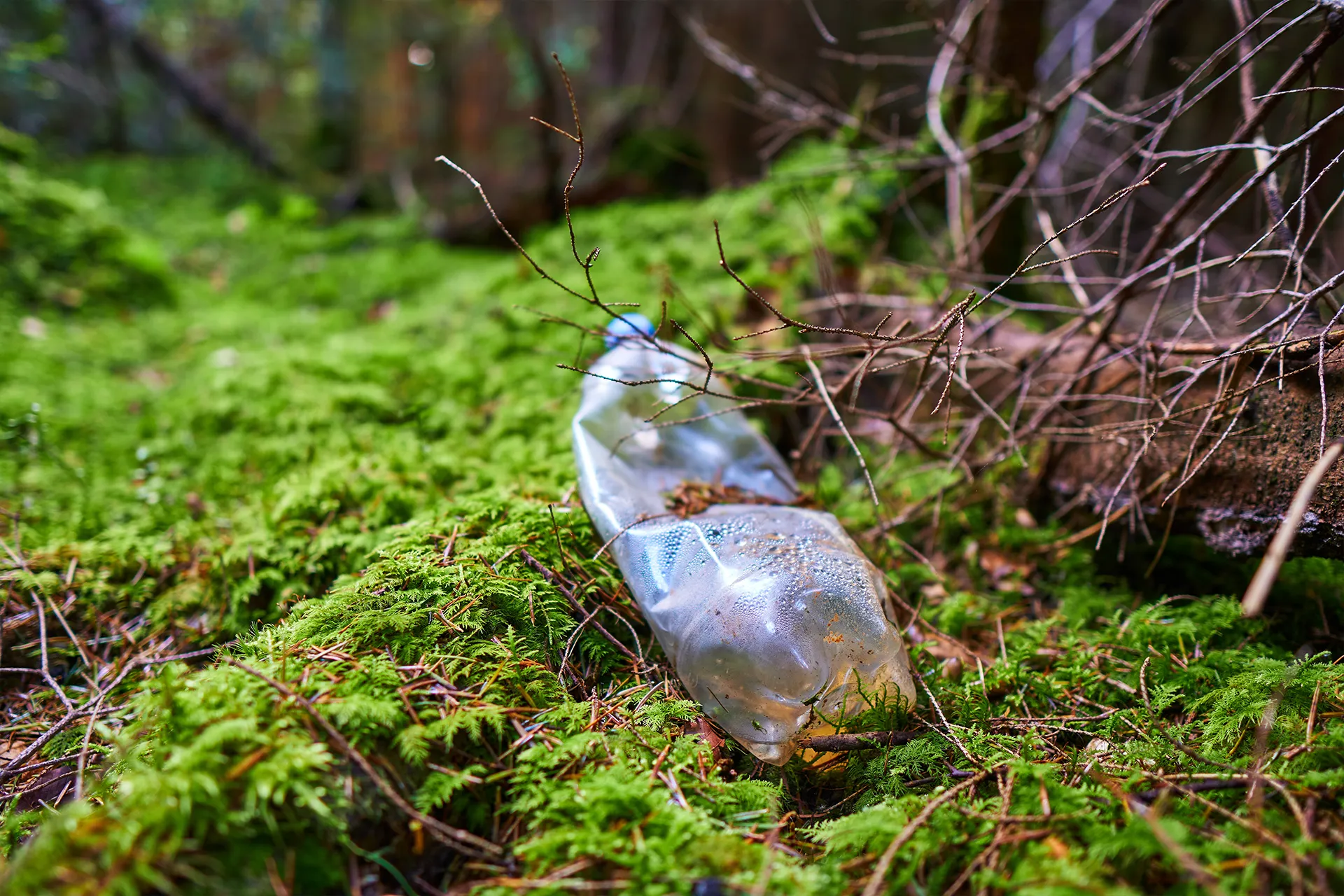
How Long Does It Really Take for Plastics to Biodegrade?
One of the most common questions from consumers and manufacturers alike is simple: how long does it take for plastics to biodegrade? The answer depends on the type of plastic, the environment it ends up in, and whether or not additives like EcoPure® are used. Understanding biodegradation timelines is key for both sustainability planning and consumer trust.
Conventional Plastics: Centuries of Persistence
Plastics such as polyethylene (PE), polypropylene (PP), polystyrene (PS), and polyethylene terephthalate (PET) are engineered to be durable. This durability makes them effective for packaging, but it also means they resist microbial attack. In landfills and natural environments, these plastics may persist for hundreds of years.
Estimates suggest:
- Plastic bottles (PET): 450–1,000 years
- Plastic bags (PE/HDPE): 500–1,000 years
- Polystyrene products: 500+ years
These figures highlight why plastic pollution is such a global concern — the material is designed to last, not degrade.
What Biodegradability Really Means
The term “biodegradable” is often misunderstood. For plastics, it refers to the ability of microorganisms to consume the polymer chains, converting them into natural byproducts such as CO₂, methane, water, and biomass. Importantly, true biodegradation means no microplastics remain.
However, biodegradation rates vary greatly depending on:
- Environmental conditions (presence of oxygen, heat, and microbial activity)
- Resin type (PET vs. PE vs. PS)
- Product thickness and design
This variability makes it essential to rely on standardized testing methods rather than vague claims.
EcoPure® and Accelerated Biodegradation
EcoPure® is an additive designed to dramatically shorten the time it takes for plastics to break down in biologically active disposal environments, such as landfills. The additive helps form biofilms on the surface of the plastic, which allow microbes to penetrate and begin digesting the polymer chains.
In third-party tests using ASTM D5511 (anaerobic biodegradation) and ASTM D5338 (aerobic composting), EcoPure®-treated plastics showed measurable biodegradation within months to years — a striking difference from the centuries required for untreated plastics.
Example Results from Long-Term Testing
- PET bottles treated with EcoPure® reached over 60% biodegradation in testing environments after extended study periods.
- PE bags showed nearly 80% biodegradation under landfill simulation conditions.
- Polystyrene lids achieved over 60% biodegradation during similar testing.
These results demonstrate that while biodegradation is not instantaneous, EcoPure® significantly accelerates the process.
Why Timelines Matter for Manufacturers
Consumers are increasingly skeptical of sustainability claims. Being able to clearly communicate timelines — supported by ASTM test results — gives manufacturers credibility. Instead of saying “this plastic is biodegradable,” companies can point to verified data showing how quickly their products break down in landfill conditions.
This transparency not only satisfies regulatory expectations but also builds consumer trust.
Without intervention, most plastics take hundreds of years to biodegrade. With EcoPure®, those timelines are shortened dramatically, helping manufacturers align their products with real-world disposal conditions and sustainability goals. For companies seeking measurable impact, EcoPure® provides the science-backed solution to answer one of the most pressing consumer questions: how long does it really take for plastics to biodegrade?


